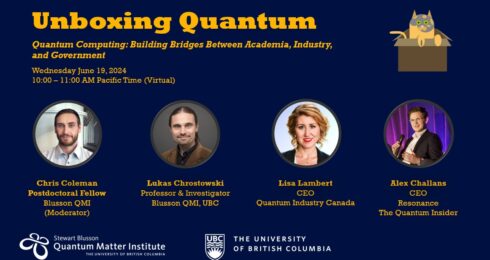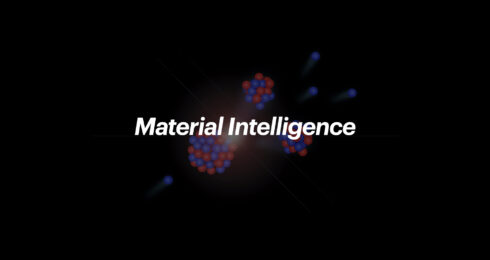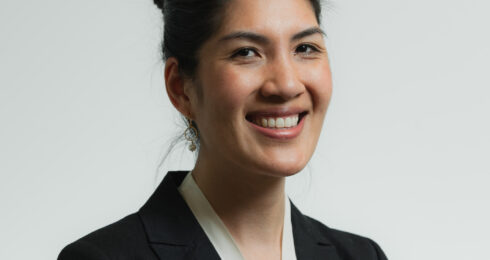Pictured: MengXing Na in the Damascelli lab. Image source: grad.ubc.ca.
,
New work from a team of researchers at the Stewart Blusson Quantum Matter Institute (SBQMI) showcases distinct nonthermal regimes in the electron relaxation process. The nonthermal features were measured in graphite using time- and angle-resolved photoemission spectroscopy (TR-ARPES). The paper, entitled Establishing nonthermal regimes in pump-probe relaxation dynamics, was published recently in Phys. Review B. It builds on previous work conducted at SBQMI, and offers an elegant approach to inform the nonthermal-to-thermal crossover in pump-probe experiments.
,
The study uses time and angle-resolved photoemission (TR-ARPES), a technique akin to taking consecutive images using a camera with a fast shutter speed. In the experiment, two bursts of light are used to study the dynamics of electrons on a material’s surface. The first burst is an excitation, like tossing a pebble into a pond; the second burst acts as a camera shutter, capturing the movement of the ripples created by the excitation. By varying the delay between the two pulses, researchers can create a movie of the excited electronic structure and subsequent relaxation, which occurs in less than a trillionth of a second.
,
“Laser technology for TR-ARPES has been improving quickly, and our particular effort on this front has allowed us to see—and record—details in the electron relaxation that simply wasn’t accessible before,” said MengXing Na, first author and PhD student in Andrea Damascelli’s lab.
,
Temperature is a common way to describe the dynamics of the material in response to laser excitation. After excitation, the material intuitively absorbs energy from the laser pulse and then slowly cools down. However, in reality, the temperature is a thermodynamic quantity defined for a macroscopic state.
,
“In our experiments, we are exciting a very small number of electrons in less than a trillionth of a second. The concept of temperature is intuitive and convenient, but it is at the end an approximation in our case,” said Na. “As our experimental capabilities grow, we see more and more clear deviations from this thermal approximation. We need to develop an intuitive language for electron dynamics without relying on this approximation.”
,
The previous work, Direct determination of mode-projected electron-phonon coupling in the time domain, was published in Science in December 2019. The experiment shown used this exact enhanced laser source for TR-ARPES studies. In the data, Na and colleagues were able to observe the electrons injected into unoccupied states as a distinct feature in graphite. The authors’ new work in Phys. Rev. B elicits additional nonthermal features.
,
“Because of the quality of the data, we were able to see a collection of nonthermal features that are often not captured in these experiments,” said Na. “This collection of features together are a great benchmark. When a model of the electron relaxation dynamics reproduces all the features observed in the experiment, we can have high confidence in the model and use it to make additional predictions.” It is important to note that this model—using the Boltzmann formalism—does not rely on thermodynamics concepts such as temperature.
,
The paper earned high praise from the reviewers for the high quality of both the writing and the data. The result is an unambiguous identification of distinct nonthermal regimes in electron relaxation dynamics and an intuitive and accessible model capable of describing these nonthermal features. Although this work was done on graphite, the concepts discussed are universal to pump-probe experiments. These concepts become all the more critical as experimental techniques continue to improve, eliciting ever more subtle signals from materials that are rich with underlying physics.


